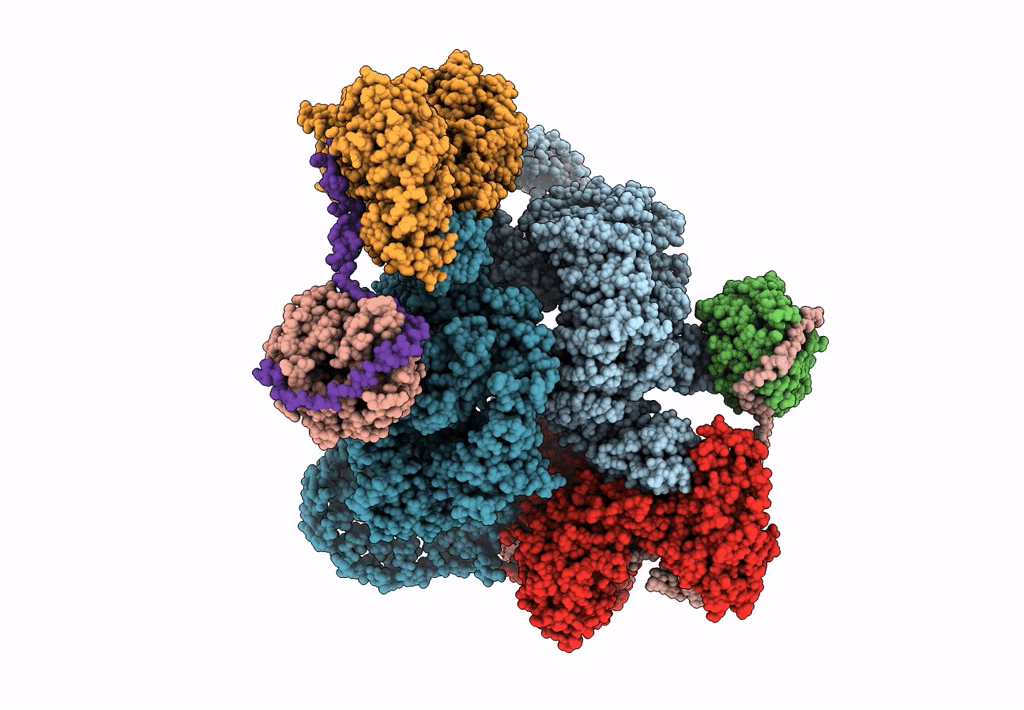
Deposition Date
2022-02-16
Release Date
2023-01-11
Last Version Date
2024-06-12
Method Details:
Experimental Method:
Resolution:
3.28 Å
Aggregation State:
3D ARRAY
Reconstruction Method:
SINGLE PARTICLE


